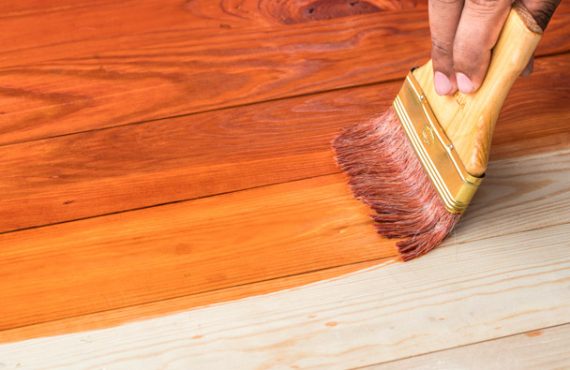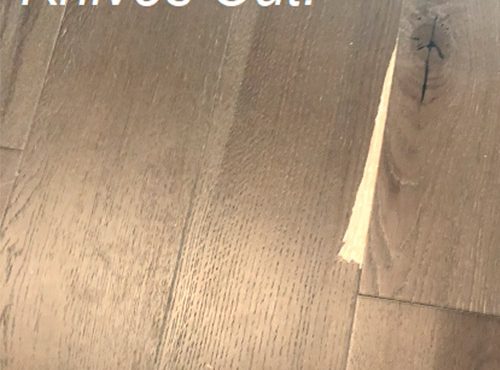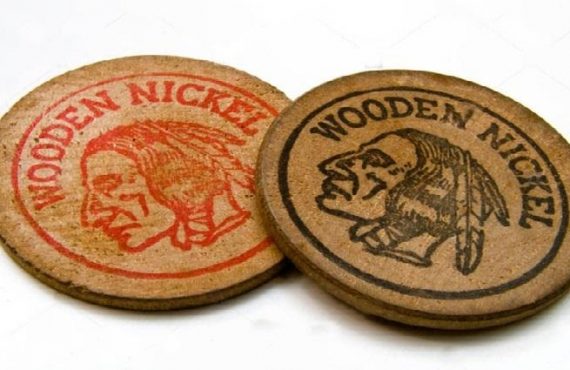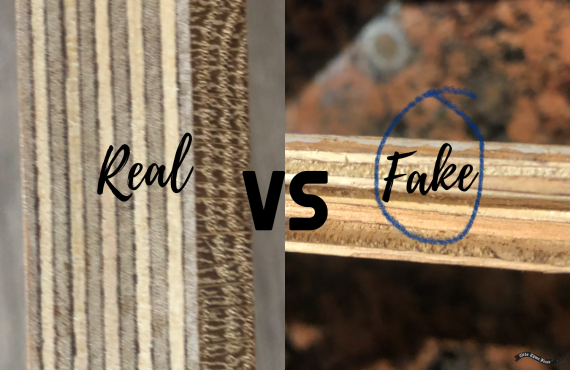Chemicals in Hardwood Floor
For those of us not familiar with all the characteristics of hardwood flooring, the title of this article doubtless raised an eyebrow. After all, the average household can be something of a hive for toxins already, what with bleach in the laundry area, bug spray beneath the kitchen sink, prescription medication in the bathroom, and so on and so forth. But we would be remiss not to at least make you aware of the caveats of owning a hardwood floor, so today let’s address some of the most common ones with an intent to slay your fears before they even get a chance to grow.
Formaldehyde In Composite Wood
Composite wood is a good place to start, for it’s been known to contain just about the biggest bugaboo of all flooring toxins: Formaldehyde.
We may define composite wood as a fixed together creation of different material that, when done properly, forms a strong and attractive design that’s often referred to as engineered wood. Engineered wood is used for almost any task that solid wood can perform, such as furniture, cabinetry…and floors. But of course, the material that forms it must be firmly bonded. The glues and resins typically used in this binding process often contain formaldehyde, and here is where the trouble can potentially start.
Formaldehyde is a colorless, pungent gas that, over time, begins to escape the bonding agents used for composite wood. Prolonged exposure to formaldehyde above 0.1 ppm (parts per million) causes eye, skin, and throat irritation in humans. Its long term effects have also prompted the U.S. EPA and the International Agency for Research on Lung Cancer to officially classify the gas as a probable human carcinogen (in 1987 and 1995, respectively).
When read at point-blank range, the information is frightening. Yet it must be stressed that formaldehyde occurs naturally and at low levels carries little to no toxicity. Prolonged exposure remains the chief concern. In Europe, the legal limit on formaldehyde in any product is .2%. Any product containing over .05% must contain a label that informs the purchaser of its presence. The United States enforces similar restrictions. China has been known to ignore these rules and skirt them as well. In 2010, Congress passed a bill that limited the use of formaldehyde in wood products to .09 ppm and required this bill to take full effect by 2013.
Toxins In Wood Finish
Formaldehyde is not the sole VOC (volatile organic compound) the industry—and you—need to be concerned with. It holds no monopoly on the hazards of hardwood flooring. Indeed, if you’ve chosen to finish your floors, or purchased them pre-finished, there are a few other issues wisdom begs us to touch upon.
Underwriter Laboratories has found that 80% of current wood finishes contain toxic VOCs. Solvents such as turpentine off-gas up to 60 chemicals, some known to cause cancer, others to be a risk for children and pregnant women. Another culprit is polyurethane. Polyurethane is applied to hardwood floors to protect its surface and raise a nice shine. For the homeowner, it also raises a few yellow flags. It is a known respiratory toxin, especially when uncured.

No, no, no—It’s never THIS bad!
The good news is that there are alternatives to these kinds of finishes. Nor are we so terrifically cruel as to hide them from you. But before you learn how to navigate the gauntlet of toxins in hardwood flooring, we must address one final risk…
Toxic Preservatives In Unfinished Wood
So you’ve decided to keep things safe by using unfinished wood for your floors. What harm could come from a bare, solid wood cut right from the tree? The answer may surprise you.
Fungal staining attacks wood exposed to moisture and delves deep, leaving unsightly blotches of blue, red, purple, and orange. It isn’t harmful to the integrity of the wood itself but can be quite stubborn to remove. Resurfacing won’t resolve the matter, and since you’ve already decided against finishing, we can forget about sweeping this mess under the rug.
To counter the problem, manufacturers sometimes like to treat their products with biocides. A biocide is defined as a poisonous substance that destroys life. In this case, the life in question would be the fungus—and yes, it does actually work. But at what cost?
Anti-sap stain treatments have been around for thousands of years. Ancient methods were quite natural, but as the centuries passed more effective—and lethal—alternatives were employed. These alternatives included the use of mercury and a toxic, powdered fungicide called SPCP (Sodium Penta Chloro Phenate). Nowadays, the pendulum has swung back toward safer treatments, but the risk is far from neutralized. Toxins still exist in these cosmetically oriented biocides.
Safe solutions for a better hardwood floor
What can you do to assure your floors, your home, and your family of safety from hardwood floor chemicals?
For starters, Panaget is a France-based manufacturer of wooden floors that assures no VOCs in its varnishes, and that all the materials it uses are fully traceable to safe, dependable sources.
Regarding formaldehyde, you may want to choose a pre-finished solid wood floor over engineered wood or even laminate, as it has been known to emit only trace amounts of this gas. For any toxin your floors emit, here are some combative tips:
- Let in the fresh air every day by opening some windows
- Keep indoor temperature and humidity as low as possible
- Don’t smoke indoors
- Skip the purifier, at least as a way to ameliorate off-gassing
- Make sure your composite wood purchases meet low formaldehyde emission standards
Protecting the well-being of you and yours around the home should never be a compromise. With the information provided above, you can feel even more secure about what constitutes strong, reliable, and safe hardwood floors.
For even more assurance that your hardwood floors are receiving quality care, enroll in our Residential Maintenance Program.
For more information on VOCs, and how to guard against them, visit this page.
Explore More: “The Hidden Risks of Fake Wood Floors”
Are you curious about the potential dangers of synthetic wood flooring? Check out this insightful article from Fast Company to learn more. Read the article.
















No comments yet.